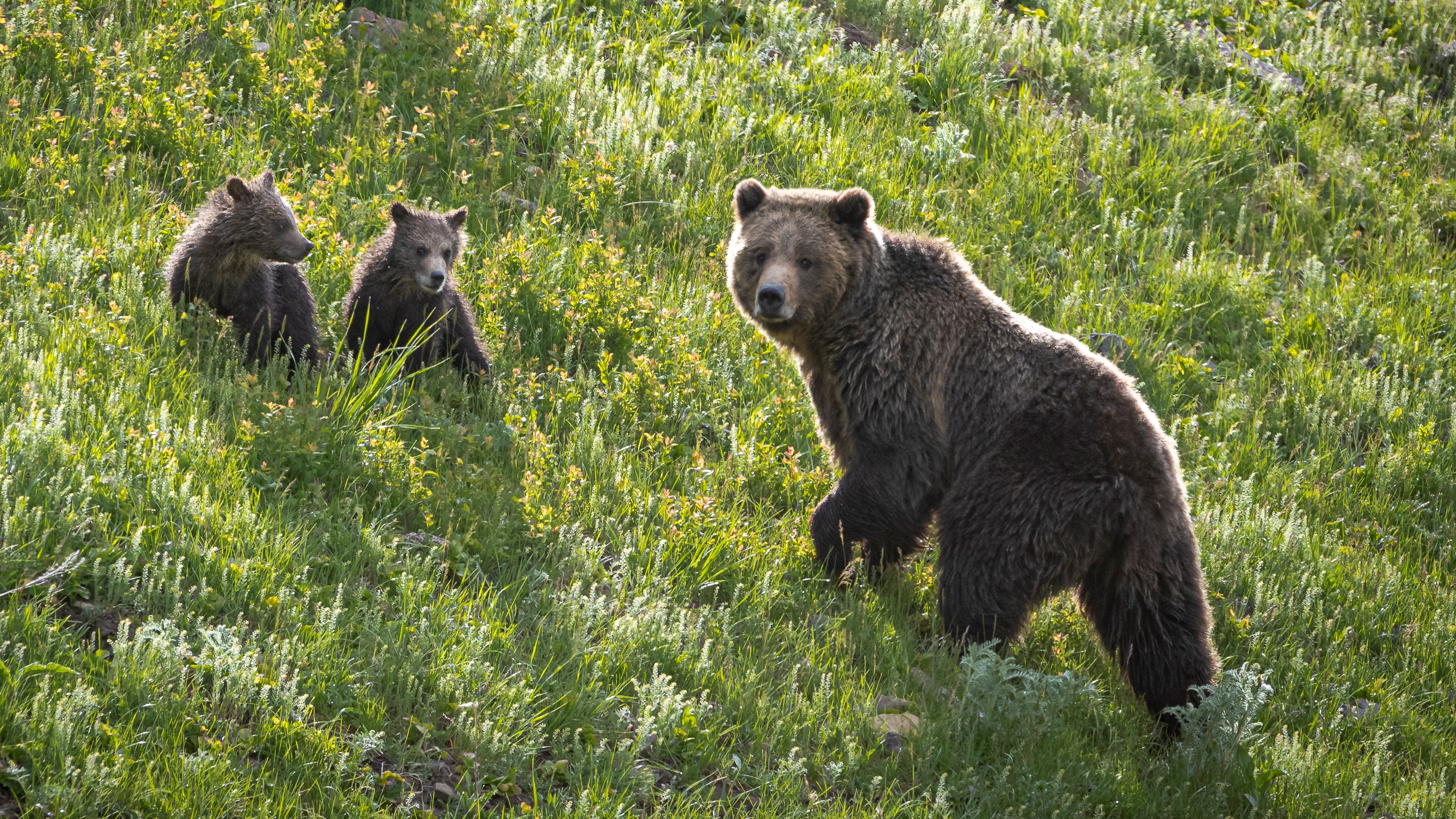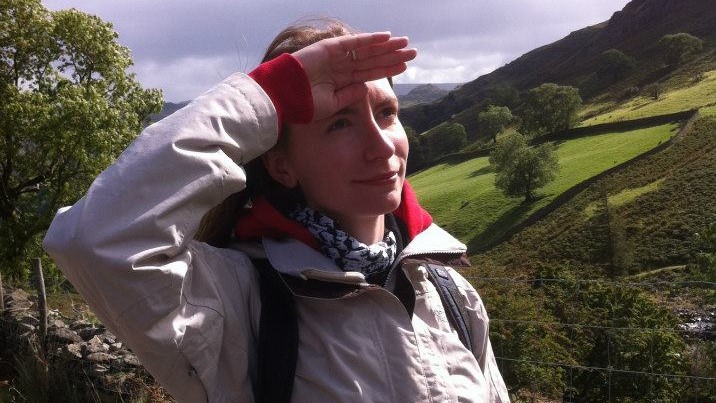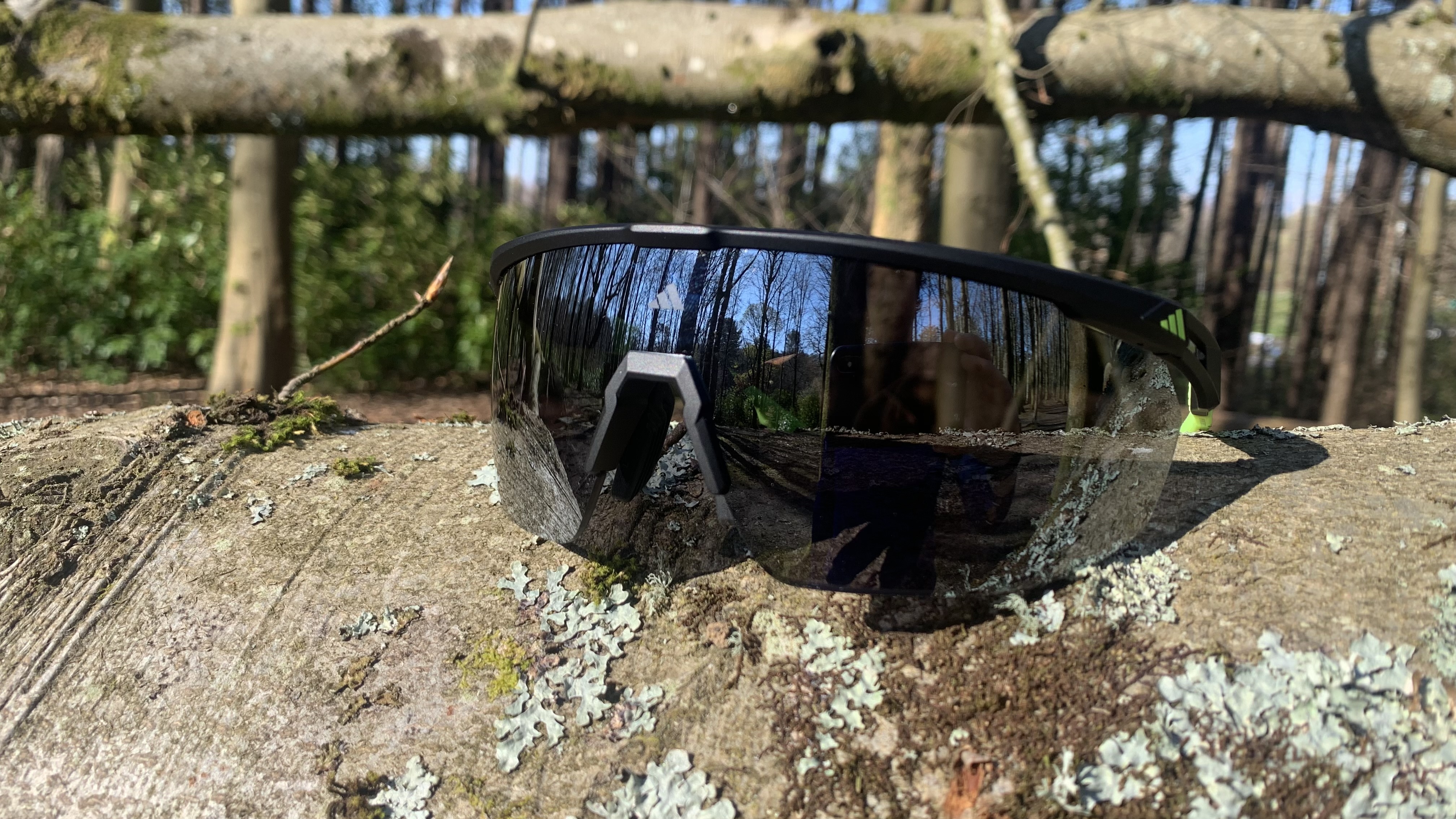
The US National Park Service often has to remind visitors not to approach bears, and a vintage photo circulating on social media shows that this isn't a new problem.
The picture, which you can see below, was shot by Edwin L Wisherd, and was likely taken in the 1940s. It shows a man standing beside his car at Yellowstone National Park, feeding a mother bear and three cubs, which are sitting at the roadside. Traffic is queued up behind the man in a 'bear jam'.
The photo was originally posted by National Geographic (requires email address to view), and was shared last weekend by Instagram account TouronsOfYellowstone, which highlights poor behavior at National Parks. Most of the examples shared include visitors getting too close to wildlife for a photo or just through curiosity, but doing so wasn't always forbidden.
As National Geographic explains in another feature, feeding bears was common practice in the 1940s, and tourists would be encouraged to visit Yellowstone to see bears foraging in the garbage. The practice eventually ended during World War II.
A post shared by TouronsOfYellowstone (@touronsofyellowstone)
A photo posted by on
Feeding wild animals (or just leaving human food where they can access it) is a serious problem, as it leads to food conditioning. This is where an animal starts to associate humans and their settlements with an easy meal, making it more likely to seek them out in future.
This increases the chances of a human-animal interaction, which can be dangerous for both parties. Wild animals are unpredictable, and if a bear attacks a person – even if the person isn't injured – it's likely to be euthanized for public safety.
Getting up close to bears can also lead to habituation, where they lose their natural wariness of people. Again, this increases the odds of an interaction.
Advnture Newsletter
All the latest inspiration, tips and guides to help you plan your next Advnture!
Today, rules at Yellowstone National Park state that visitors must stay at least 100 yards away from bears at all times. It's also mandatory that all food and garbage is stored in a bear-proof manner, whether that's out of sight in a locked hard-sided vehicle or (better yet) one of the hard food storage boxes found throughout the park. Anyone who breaks the rules risks a citation and having their items confiscated. For more advice, see our guide what to do if you meet a bear.
- The best binoculars and monoculars: enjoy wildlife from a safe distance

Cat is the editor of Advnture, She’s been a journalist for 15 years, and was fitness and wellbeing editor on TechRadar before joining the Advnture team in 2022. She’s a UK Athletics qualified run leader, and in her spare time enjoys nothing more than lacing up her shoes and hitting the roads and trails (the muddier, the better), usually wearing at least two sports watches.
